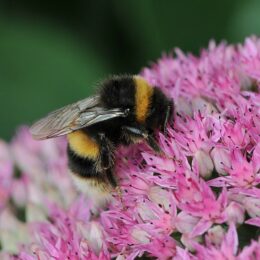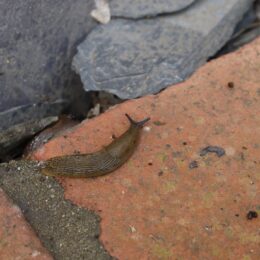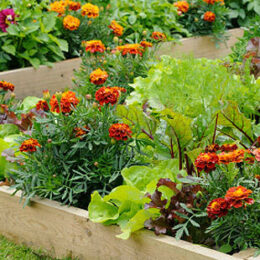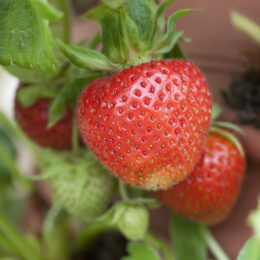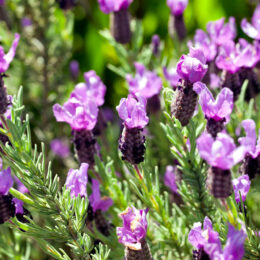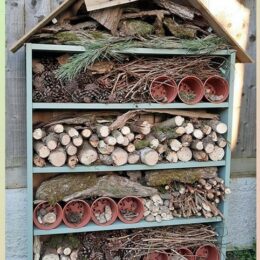We’ve had some enquiries about dealing with pests recently. Here are some top tips for dealing with three of the most common; vine weevil, slugs & snails and aphids. We sell both chemical and biological pest control solutions in-store.
Vine Weevil (Otiorhynchus sulcatus) is a problematic pest that infects many ornamental plants (both indoor and outdoor). They are a particular issue for plants grown in containers. As adults, they are recognisable from other beetles as they possess a longer snout. They grow to about 9mm in length and are black with a rough textured shell.
The adults eat leaves of plants such as Rhododendron, Primula, and Bergenia to name a few, and are most active from spring to late summer, but the grubs, which are white and legless and reach around 10mm long, are most devastating when they are active from autumn through winter and into early spring. They eat on the roots of rosette type plants such as Heuchera and strawberries, which causes rapid wilting and plant death.
Control methods:
Cultural
- In glasshouses and greenhouses where pots gather, ensure areas are kept clean to reduce hiding places for beetles during daylight hours.
- Inspect plants with a torch at night during the summer months when the adults are most active, simply handpick them off. Alternatively, place a sticky barrier or corrugated card around infected plants at night then dispose of in the morning.
Biological
- Make your garden a bird friendly space by hanging feeders and erecting bird tables, birds will feed on the adult beetles and their grubs.
- Parasitic nematodes can be used to control the grubs affecting plants in open soil that is loosely packed. The nematodes seek out the grubs and kill them. Add the nematodes to water and apply to the soil in August or early September before the grubs grow too large.
Chemical
- Treat ornamental containerised plants with Bug Clear Ultra Vine Weevil Killer (not suitable for plants grown in open soil or edible plants). Apply as a liquid drench on outdoor plants from April to September, and indoor plants from December to January. The plant will be protected for up to two months.

Bug Clear Ultra Vine Weevil Killer
(Always follow the manufacturer’s instructions carefully before applying any chemical control).
Slugs and snails tend to be a problem in spring and summer when temperatures begin to increase and the levels of humidity rise. They hide in moist, dark locations during the day, emerging at dusk to feed. They are particularly prolific during or after rainfall. A sure sign of slugs and snails is the mucus trails they leave behind and the numerous holes they create in leaves, flowers, stems, bulbs, and tubers (see main picture). Hostas and Dahlias are a particular favourite, but they affect many ornamental plants and vegetables, and they love young seedlings!
Control methods:
Cultural
- Good garden husbandry can help control slugs and snails. Frequent soil cultivation will expose eggs and adults to the elements and any hunting predators. Remove fallen leaves in autumn and winter so birds can feed on any exposed slug eggs.
- Create a barrier of egg shells or copper bands around vulnerable plants, and always try to place containerised plants prone to slug and snail damage on sharp gravel rather than a smooth surface.
- Avoid displaying plants prone to damage in one area together, as the slugs and snails will simply move from one plant to the other, disperse plants like hostas around the garden.
- Sink shallow dishes filled with beer into the soil, the beer will attract the slugs and snails. Check and empty on a regular basis.
- Check plants on a summer evening and gently pick off any slugs and snails you see, collect them in a container and take them to a field or hedgerow away from your garden!
Biological
- For the control of slugs, dilute microscopic nematodes in water and apply to infected areas between May and September. Apply in the evening and when the soil is moist and warm. The nematodes enter the bodies of the slugs and infect them with bacteria.
Chemical
- Thinly scatter a small amount of shower proof pellets such as Slug and Snail Killer on the bare soil around the base of vulnerable plants.
- Alternatively apply a ready-to-use spray such as Grazers G2 Slugs & Snails Formula. This spray is absorbed into the foliage, is safe to use on edible and ornamental plants, and harmless to people, pets and the planet.
(Always follow the manufacturer’s instructions carefully before applying any chemical control).
Aphids are often identified as the cause of plant distortion and stunted growth because they suck the sap from foliage, stems and flowers of ornamentals, vegetables, fruits, indoor and greenhouse plants, and excrete a honeydew substance which is then left behind and can lead to black sooty moulds Aphids are also known as greenfly and blackfly.
Control methods:
Cultural & biological
- One way of controlling aphids without resorting to chemicals is to introduce plants that attract beneficial insects such as ladybirds, hoverflies and lacewings which will feed on the aphids. Plants like Calendula officinalis (Common Marigold) and lavender are just two examples.

Attract benefical insects into your garden with plants like lavender
Chemical
- For a spray to be affective, it is important that plants are sprayed thoroughly; therefore this kind of control may only be suitable on smaller plants.
- Scott’s BugClear Ultra and Bayer Provado Ultimate Bug Killer are synthetic insecticides with systemic action, which means they are absorbed into the plant and so will give long lasting control for up to 6 weeks. They can be used on all ornamentals and selected vegetable and fruit plants. The best time to spray is early morning or early evening.
(Always follow the manufacturer’s instructions carefully before applying any chemical control).





